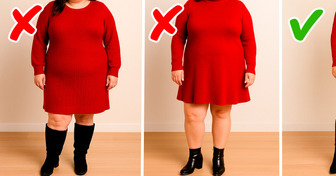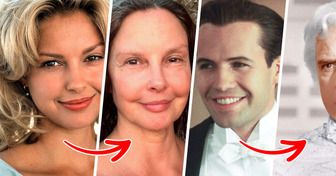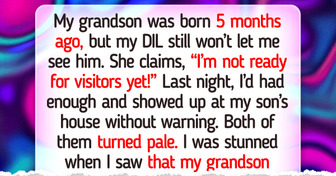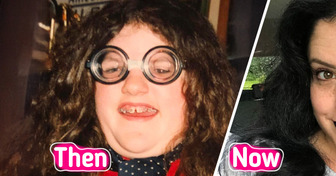True Stories So Wild, You’ll Think They’re Movie Scripts

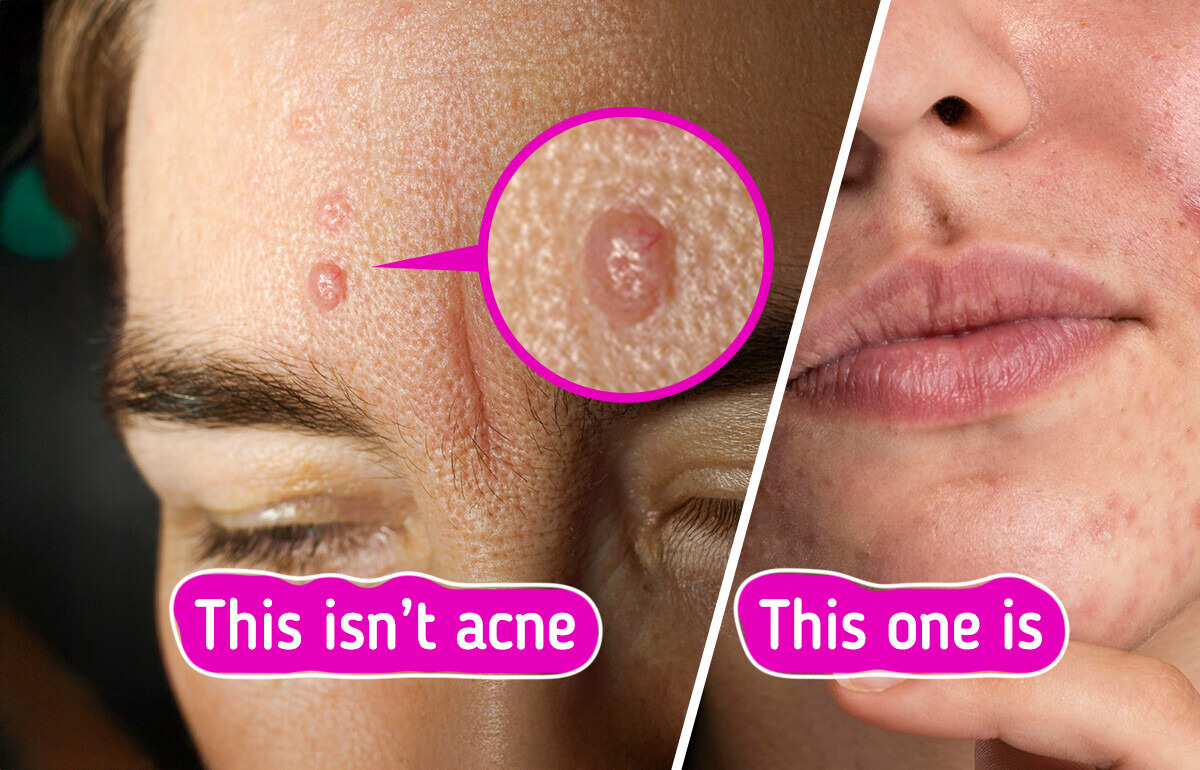
When people wake up in the morning, many glance in the mirror for different reasons — to care for their skin, recite affirmations, or simply see how they look. Sometimes, we check for changes on our face, like new blemishes or acne. While doing so, some may feel or notice small bumps on their skin that aren’t acne at all but something else entirely.
CONTENT IS PROVIDED FOR INFORMATIONAL PURPOSES ONLY AND IS NOT INTENDED AS A SUBSTITUTE OF MEDICAL ADVICE.
SEEK GUIDANCE OF YOUR DOCTOR REGARDING YOUR HEALTH AND MEDICAL CONDITIONS.
Your face is constantly exposed to dead skin buildup, dirt, pollution, and frequent contact from your hands. With all of this, it’s no surprise that a pimple can show up at any time.
But not in all cases, the skin bump related to acne. Bumps can be caused by harmless things like allergies or insect bites. But sometimes, they may be linked to health problems like skin cancer or blood disorders.
Most facial bumps come in different shapes, colors, and sizes and are usually not dangerous. But you should see a doctor if a bump grows, starts bleeding, or changes in any way. This article may help you identify these facial skin bumps that are not acne.
Sebaceous hyperplasia looks like acne but is actually caused by enlarged oil glands. These glands make sebum, which keeps your skin soft. When they grow bigger, they form soft or hard bumps that are white, yellow, or skin-colored. It can be caused by hormone changes.
This condition is common in people over 40. Unlike milia, these bumps usually have a small dent in the center. Sebaceous hyperplasia can look like basal cell skin cancer, so it’s best to have a doctor check it to be sure.
It’s harmless and doesn’t need treatment unless it bothers you. If so, a doctor can treat it with medication or a procedure called electrodessication. Using skincare with niacinamide, retinol, or salicylic acid might also help.
Molluscum contagiosum is are harmless, wart-like bumps that are usually pink, brown, or skin-colored with a small dimple in the center. They can sometimes be itchy, and the skin around them might get red or irritated.
These bumps are caused by a virus and are contagious. They’re most common in kids, but adults can get them too. Molluscum spreads through close and physical contact or by sharing things like towels or sheets.
The good news is, molluscum usually goes away on its own, but it can take months or even years. If you want them gone sooner, a dermatologist can help. Treatments include medicines like cantharidin, freezing them off, or gently removing them.
If you have small, smooth white bumps that won’t go away, they might be milia. These tiny cysts often appear in clusters, usually on the cheeks, nose, or around the eyes. According to Dr. Carmen Castilla, a board-certified dermatologist in New York City, “They are essentially cysts caused by skin debris becoming trapped underneath the skin's surface.”
Milia often appear after skin damage or from using heavy products that clog pores. Other causes can include sun exposure or certain genetic conditions. To prevent it, avoid rubbing your skin too hard and choose lightweight skincare instead of thick, greasy creams. Gentle chemical exfoliants can also help. If milia don’t go away, a dermatologist can safely remove them.
Syringomas are harmless growths from the sweat ducts. They usually appear in small clusters on the eyelids but can also show up on the face, armpits, belly button, chest, or vulva. These bumps are firm, round, and skin-colored or slightly yellow. They’re small, about one to three millimeters, and often start during the teen years. Syringomas are more common in women.
Syringoma is caused by an overgrowth of cells in your sweat glands, known as eccrine glands. These glands help cool your body by producing sweat when you get warm. Several factors can lead to this overgrowth, such as stress, exercise, high temperatures, genetic changes, or it can sometimes be linked to certain medical conditions.
They can look like other conditions, such as cholesterol deposits, trichoepitheliomas, or basal cell skin cancer. It’s best to see a doctor for a proper check-up and treatment, which often involves electrosurgery or laser, but results vary, and small scars can form.
Keratosis pilaris is a common skin condition that causes tiny, rough bumps, often red, purple, or skin-colored. People sometimes refer to it as “chicken skin” due to its appearance and texture. You’ll usually see it on the upper arms or thighs, but it can also appear on the cheeks.
No one knows exactly what causes it, but it tends to run in families and is more common if you have eczema. It doesn’t need treatment and often gets better with age. To smooth it out, using moisturizing and exfoliating creams can help.
Sebaceous cysts are harmless, slow-growing bumps that form under the skin, often appearing on the scalp, face, ears, back, chest, or groin. These bumps can develop due to a ruptured hair follicle, a duct that didn’t form properly, an injury, or sometimes for no clear reason. They’re usually filled with keratin, oil, and skin cells.
Unlike sebaceous hyperplasia, where the bumps feel fixed to the skin, sebaceous cysts can shift under gentle pressure, similar to the sensation of a small water balloon beneath the skin’s surface. It may stay the same size, grow slowly, or sometimes become inflamed or burst, raising the risk of infection.
They often don’t need treatment and may go away on their own, but they often return. If a cyst is painful, swollen, or infected, it’s best to see a doctor. Treatment may include steroids, draining, surgery, or antibiotics may be needed.
Cherry angiomas are skin growths made up of tiny blood vessels, which give them their characteristic red or purple color. While they are most often seen in older adults, they can also appear in younger individuals, sometimes developing as early as the teenage years, with about 5% of adolescents affected.
They usually start as small, flat, bright red spots, but can also appear blue or purple. Unlike many other skin conditions, their color can vary and isn’t dependent on a person’s skin tone.
These growths are usually harmless (benign) and don’t require treatment unless they begin to bleed or change in appearance, as such changes could signal a potential early sign of skin cancer.
With this list, it may help you identify an unfamiliar skin bump you might have. Note that if you get a red bump on your face, it helps to know if it’s acne or something else. Acne pimples usually last a few weeks and often come with other pimples, blackheads, or whiteheads. They can fill with pus (though popping them isn’t a good idea) and may feel sore if they’re deep and inflamed.
Other skin bumps often don’t hurt and don’t show up with more spots nearby.
If you notice a skin bump that isn’t going away and you’re not sure what it is, it’s best to see a doctor or dermatologist. You should get it checked if the bump bleeds and doesn’t heal, grows or changes color, turns into an open sore, appears suddenly and spreads, or causes itching or pain. It’s also important to seek medical advice if it covers a large area.
Most white bumps on the face are harmless, such as clogged pores or milia, and often don’t require treatment. However, some bumps can signal a more serious condition. To be safe, consult a professional for an accurate diagnosis and proper care.
Not every symptom signals a serious problem, but some warning signs from our bodies can point to underlying health issues and are easy to overlook.





